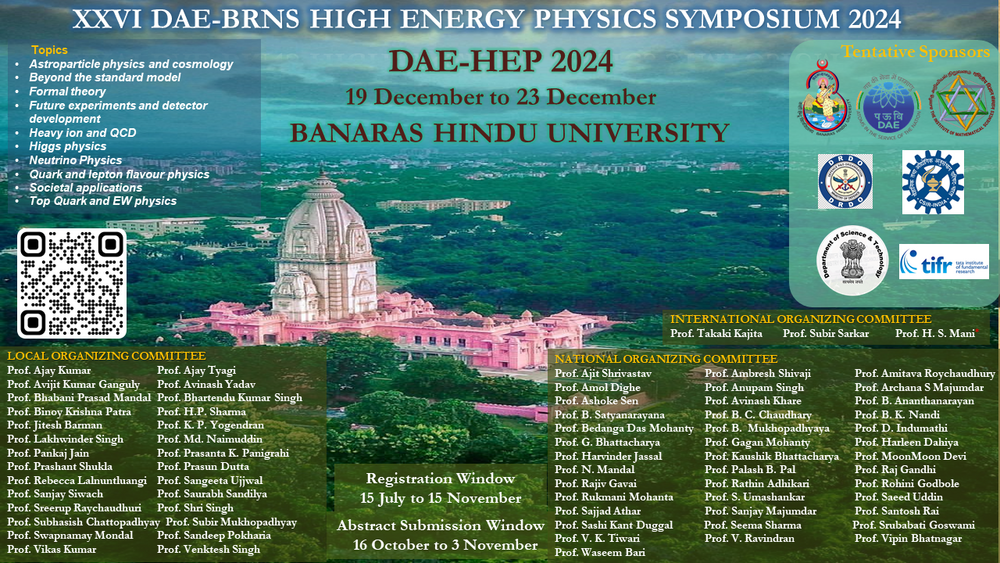Speaker
Description
The measurements of heavy-flavour (charm and beauty) production in proton-proton (pp) collisions at the LHC provides stringent test for perturbative Quantum Chromodynamics (pQCD) calculations. Furthermore, studies in pp collisions serve as a necessary baseline for the same measurement in proton-nucleus (p-A) and nucleus-nucleus (A-A) collisions in order to investigate the influence of cold- and hot-nuclear-matter effects on heavy-flavour production. In ALICE, measurements of open heavy-flavour can be performed at midrapidity and forward rapidity via semi-electronic and semi-muonic decays of heavy-flavour hadrons, respectively. The presence of Muon Forward Tracker in the upgraded ALICE detector for the LHC Run 3 provides vertexing capabilities to the Muon Spectrometer and enables to separate the open charm and beauty components. The impact of medium formed in heavy-ion collisions on heavy quark production and dynamics can be quantified via the nuclear modification factor ($R_{\mathrm{AA}}$) of muons from heavy-flavour hadron decays. The results in the measurement of $R_{\mathrm{AA}}$ point toward a significant heavy-quark energy loss at intermediate $p_{\mathrm{T}}$. In this contribution, the latest measurements from Run 2 and the status from Run 3 of open heavy-flavour decay muon production at forward rapidity with ALICE will be presented.
| Field of contribution | Experiment |
|---|

